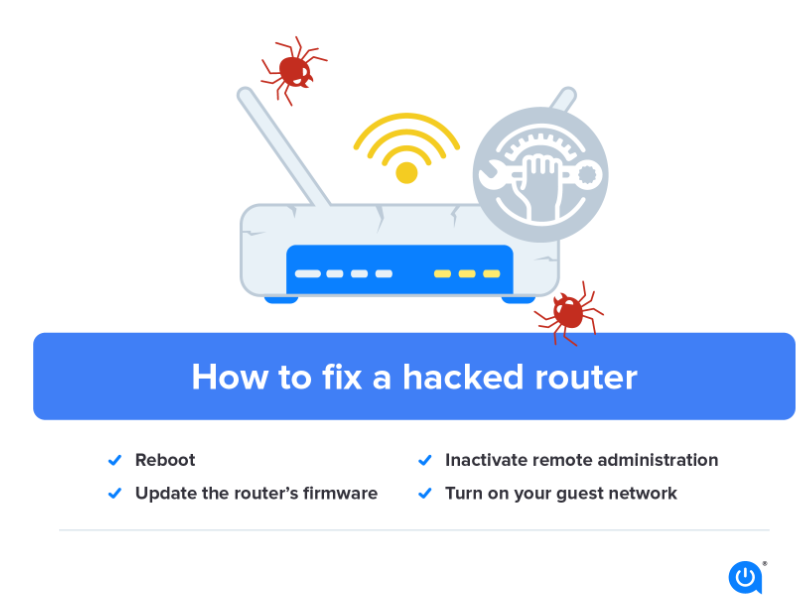In today’s world, access to the internet has become a necessity for individuals and businesses alike. However, there still exist significant disparities in internet connectivity across different regions, commonly referred to as the digital divide. The lack of internet access and the resulting disparity has significant implications for social, economic, and political progress.
The COVID-19 pandemic brought to the forefront the importance of access to secure and ubiquitous connectivity for businesses, governments, communities, and individuals around the world, but not all citizens have the same opportunities for connection. While access to connectivity continues to expand, some areas, even those within the United States, are still woefully underserved by the existing broadband technologies currently deployed.
At present, traditional connectivity infrastructures, such as fiber-optic and satellite connections, have been the primary solution for providing internet connectivity. However, these infrastructures have several limitations that hinder their universal adoption, such as high costs, inadequate coverage, and difficult deployment in remote areas.

Today, satellite and terrestrial communications infrastructures must evolve to democratize access to connectivity worldwide. As a fundamental need in today’s technology-driven society, hybrid network infrastructures can democratize access to connectivity for American citizens and the nearly three billion people in the world who remain unconnected.
In light of these challenges, the emergence of hybrid connectivity infrastructures offers a unique solution to bridge the digital divide. Hybrid connectivity infrastructures integrate different technologies, such as fiber-optic, wireless, and satellite connections, to provide comprehensive, reliable, and cost-effective internet connectivity. In this article, we explore how hybrid connectivity infrastructures can solve the digital divide and the benefits that come with adopting them.
The United States has struggled to bridge our digital divide at home over the past 20 years, even though the U.S. Government and private sector have invested billions in broadband deployments. Unfortunately, more than 24 million U.S. households still don’t have access to the internet. And embarrassingly, four percent of offline households in 2021 cited a lack of Internet availability in the area. Millions of other U.S. residents in big cities and rural towns have access but can’t afford it. Nearly one-third of Americans who don’t have broadband claim the reason is cost.
Hybrid Connectivity Infrastructures: A Comprehensive Solution
Hybrid connectivity infrastructures integrate the best of different connectivity technologies to create a comprehensive solution for providing universal internet connectivity. They utilize existing infrastructures such as fiber-optic connections to provide high-speed internet to densely populated areas, while wireless connections provide coverage to more remote regions. Satellite connections, on the other hand, offer coverage to areas where it’s not feasible to deploy either fiber-optic or wireless infrastructures.
Hybrid connectivity infrastructures can offer a range of benefits over traditional connectivity infrastructures. They are flexible and adaptable to different geographies and demographics, making them an ideal solution for bridging the digital divide. They can also be deployed faster and more cost-effectively than traditional infrastructures, reducing the barrier to entry and facilitating rapid adoption.
Benefits of Hybrid Connectivity Infrastructures
- Comprehensive Coverage: Hybrid connectivity infrastructures provide comprehensive coverage, including areas where traditional infrastructures such as fiber-optic and wireless connections are not feasible.
- Improved Reliability: Hybrid connectivity infrastructures offer improved reliability, as they integrate different technologies that can provide backup and redundancy in case of an outage in one of the technologies.
- Cost-Effective: Hybrid connectivity infrastructures can be more cost-effective than traditional infrastructures, as they can utilize existing infrastructure and be deployed faster.
- Improved Speed: Hybrid connectivity infrastructures can provide higher speeds than traditional infrastructures, as they can integrate fiber-optic connections and other technologies to offer high-speed internet to densely populated areas.
- Increased Adoption: Hybrid connectivity infrastructures reduce the barrier to entry, enabling more individuals and businesses to access the internet, resulting in increased adoption.
New hybrid connectivity solutions deliver affordable, ultra-high-speed connectivity services to underserved and unconnected communities and can do so on a much faster timeline than current efforts. Hybrid connectivity infrastructures blend the strengths of space, satellite, terrestrial and cellular technologies to create a unified network that can connect the unconnected and deliver access to the latest internet-based technologies in the hardest-to-reach places in the world—including underserved locales in the United States. We are doing our citizens a grave disservice if we do not immediately make this new technology available to them. We have the tools to bridge this digital divide and connect the unconnected; there is no reasonable explanation for not utilizing the hybrid technology available to connect our citizens.

Conclusion
Hybrid connectivity infrastructures provide a unique solution to the digital divide, offering comprehensive coverage, improved reliability, and cost-effectiveness. The integration of different technologies provides a flexible and adaptable solution that can be deployed faster and more efficiently than traditional infrastructures. The adoption of hybrid connectivity infrastructures can lead to increased internet access, resulting in significant benefits for social, economic, and political progress.


